Space Image of the Day Gallery (July 2018)
Image of the Day Archives

For older Image of the Day pictures, please visit the Image of the Day archives. Pictured: NGC 2467.
Magnetic Activity Spotted on the Sun
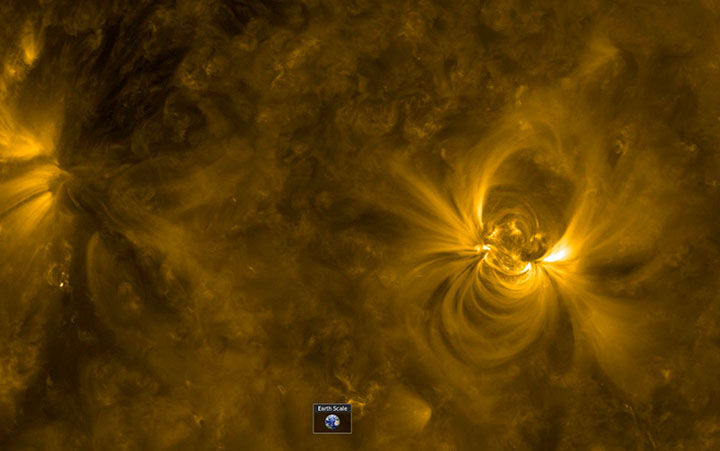
Monday, July 2, 2018: An enormous new active region on the sun's surface rotates into view in this image from NASA's Solar Dynamics Observatory (SDO). Active regions like these are areas where magnetic activity on the sun's surface spawns huge loops of charged particles that protrude into space. This active region — which appears to be several times the size of planet Earth — first appeared on June 19, and it continued to grow over the next few days as SDO captured a video on June 21. — Hanneke Weitering
This Oddball Galaxy's Age Is a Mystery
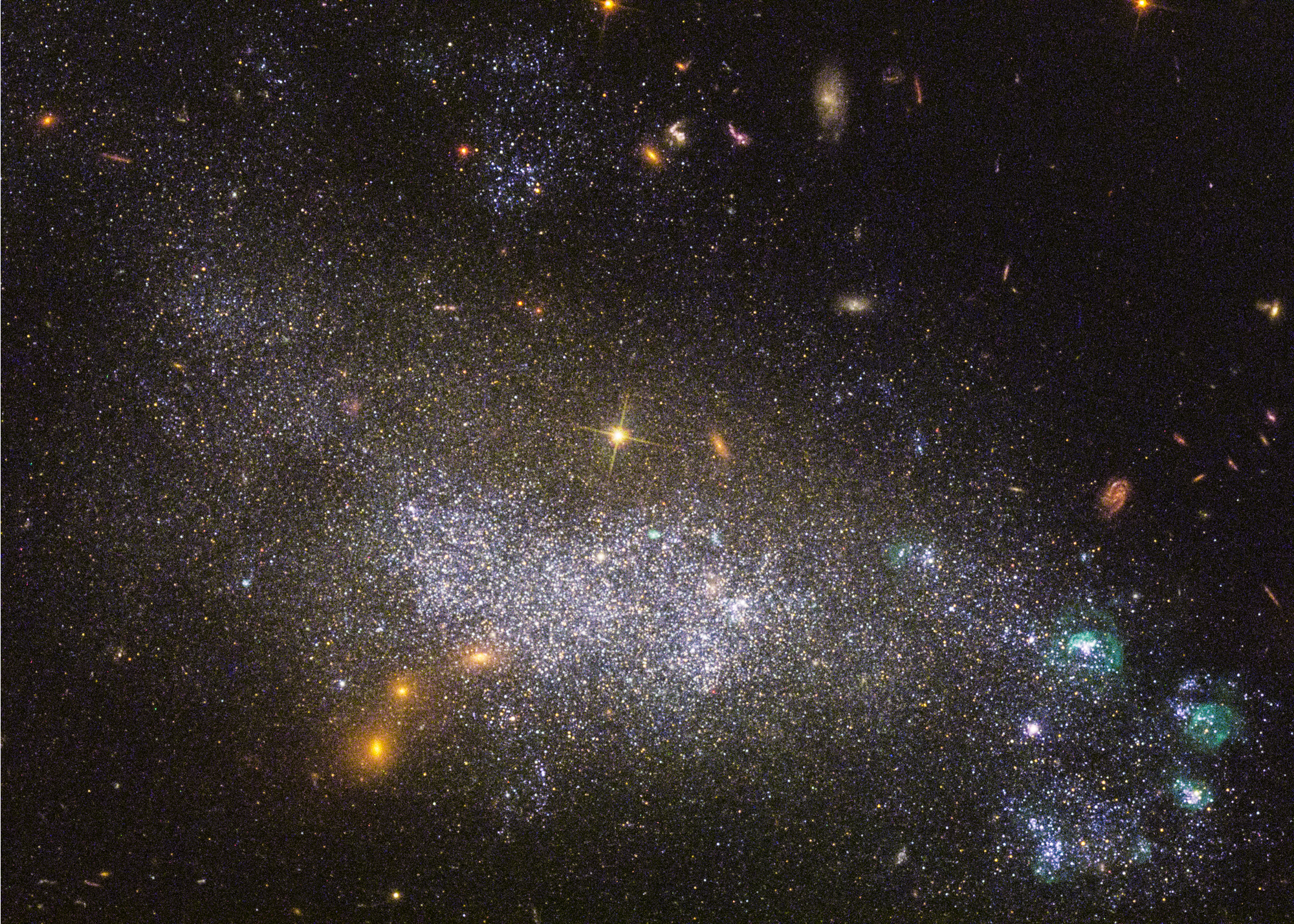
Tuesday, July 3, 2018: Usually astronomers have to look at galaxies billions of light-years away to study how galaxies form, because light from those galaxies takes billions of years to reach us. But UGC 5340, a bizarre dwarf galaxy only 40 million light-years away, looks surprisingly young for a galaxy so close by. Astronomers aren't sure if UGC 5340 is as young as it appears, or if its looks might be deceiving. The Hubble Space Telescope captured this view of UGC 5340 as part of the Legacy ExtraGalactic UV Survey, which studies nearby star-forming galaxies in ultraviolet light. — Hanneke Weitering
Happy Fourth of July from Space!
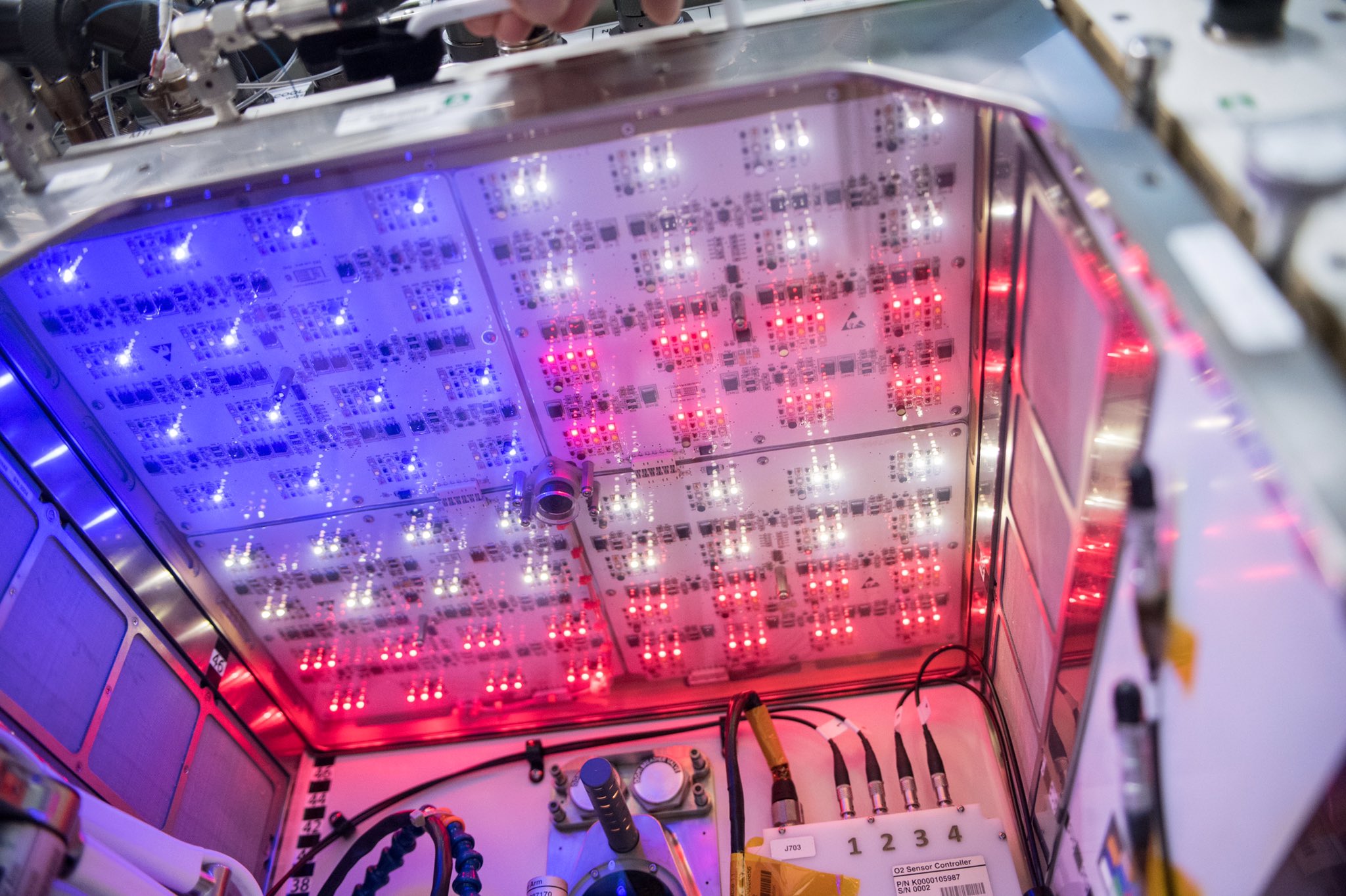
Wednesday, July 4, 2018: NASA used the International Space Station's Advanced Plant Habitat to show some holiday cheer. When not shining in red, white and blue, the minifridge-size habitat tests growth conditions for plants in space, letting scientists at Kennedy Space Center monitor plants' water usage, carbon dioxide levels, light levels, temperature, humidity and oxygen as well as details about their root systems. — Sarah Lewin
The Dragon Captured Over Canada
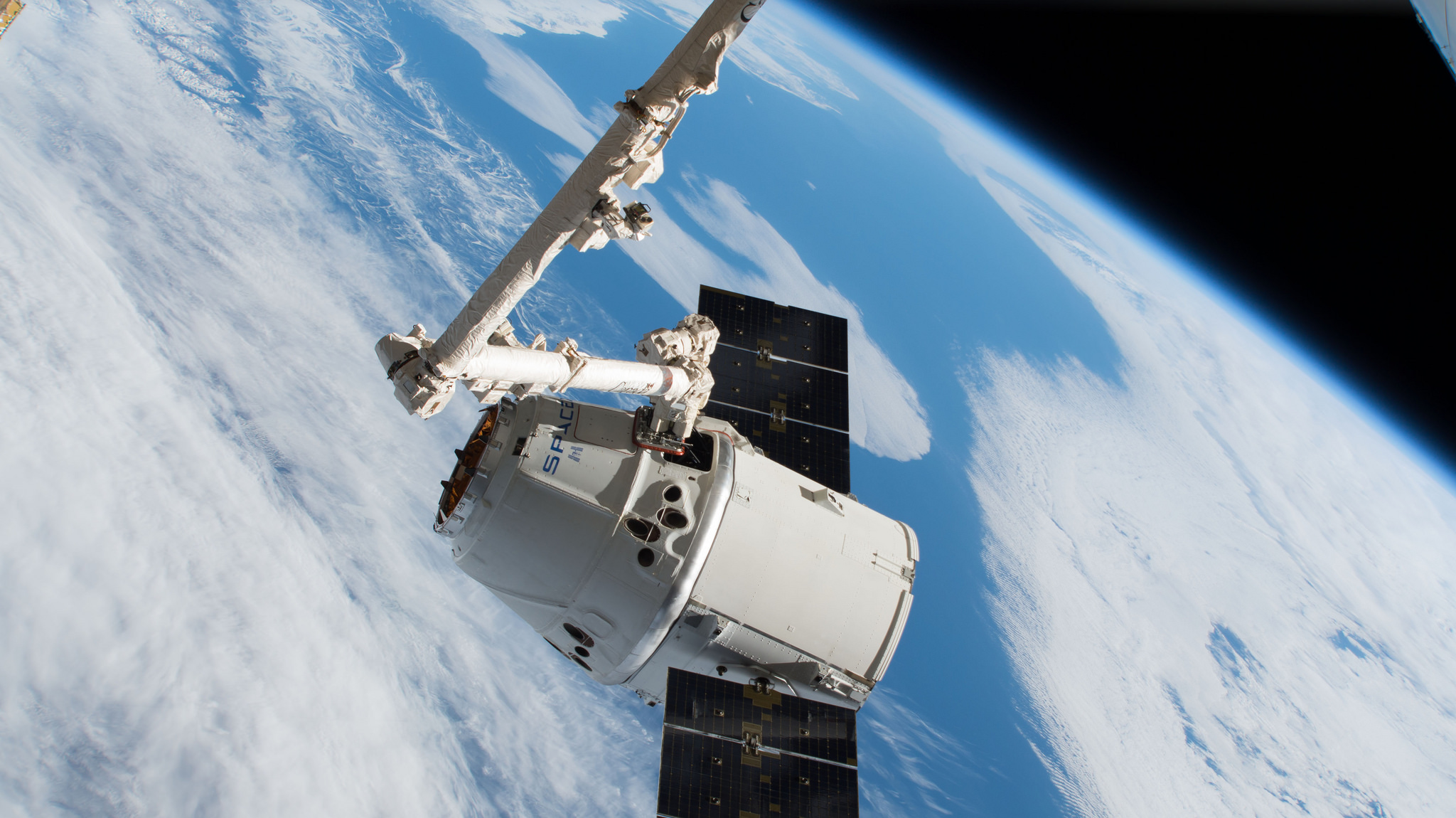
Thursday, July 5, 2018: As a SpaceX Dragon cargo ship approached the International Space Station over Canada on Monday (July 2), NASA astronauts Ricky Arnold and Drew Feustel used the Canadarm2 robotic arm to grapple the incoming spacecraft. This was the 30th time that astronauts have used the 57.7-foot (17.6 meters) robot to capture a visiting spacecraft. Nearly 3 tons of supplies were loaded inside the Dragon, including some special treats for the Expedition 56 crew: coffee, ice cream and fresh Texas blueberries. — Hanneke Weitering
'Fireworks of Kilauea'
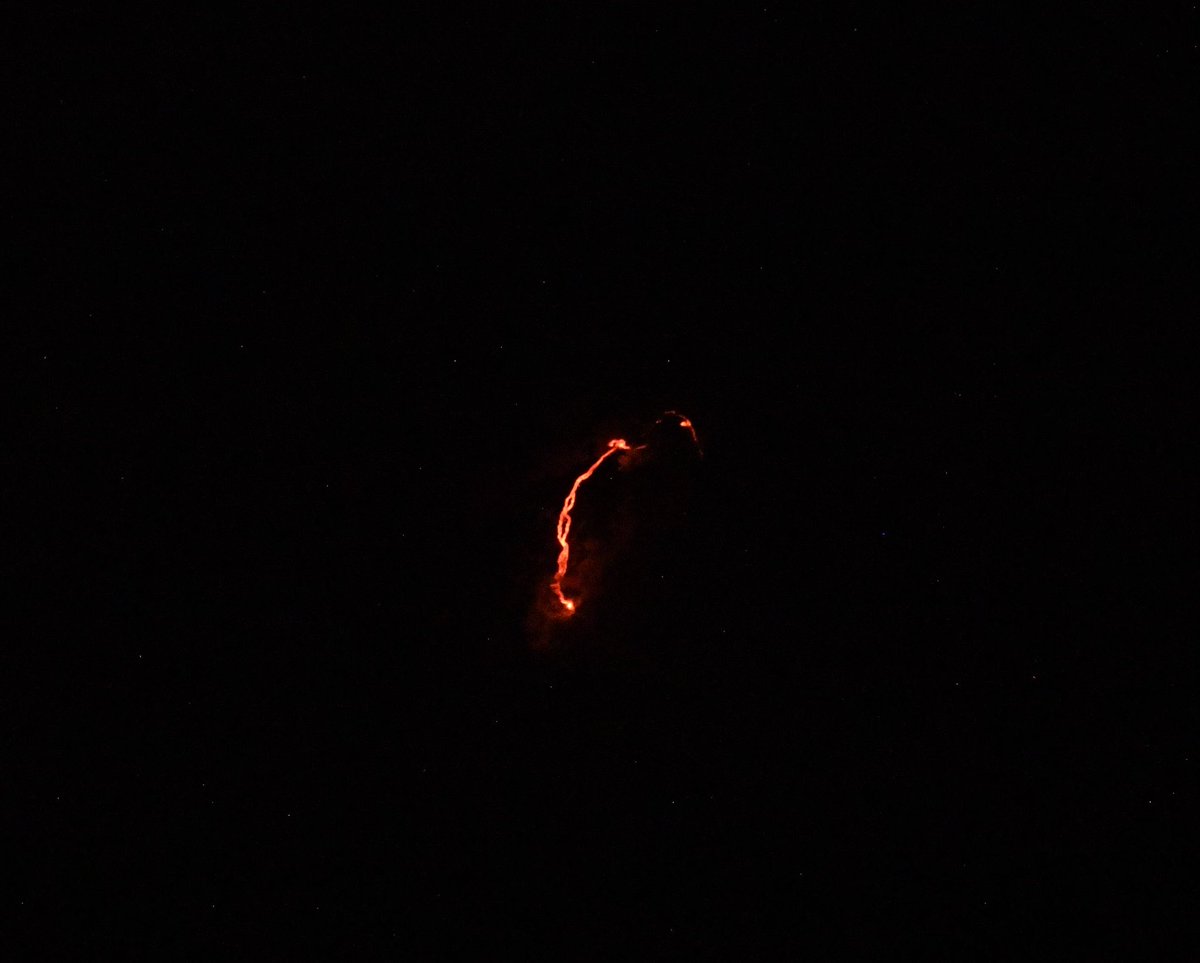
Friday, July 6, 2018: Bright red lava flows from Hawaii's Kilauea volcano in this photo taken by NASA astronaut Ricky Arnold from about 250 miles (400 kilometers) above the Earth at the International Space Station on Wednesday (July 4). "The fireworks of #Kilauea early this morning in #Hawaii," Arnold tweeted. — Hanneke Weitering
Hubble Homes in on a Galaxy Cluster
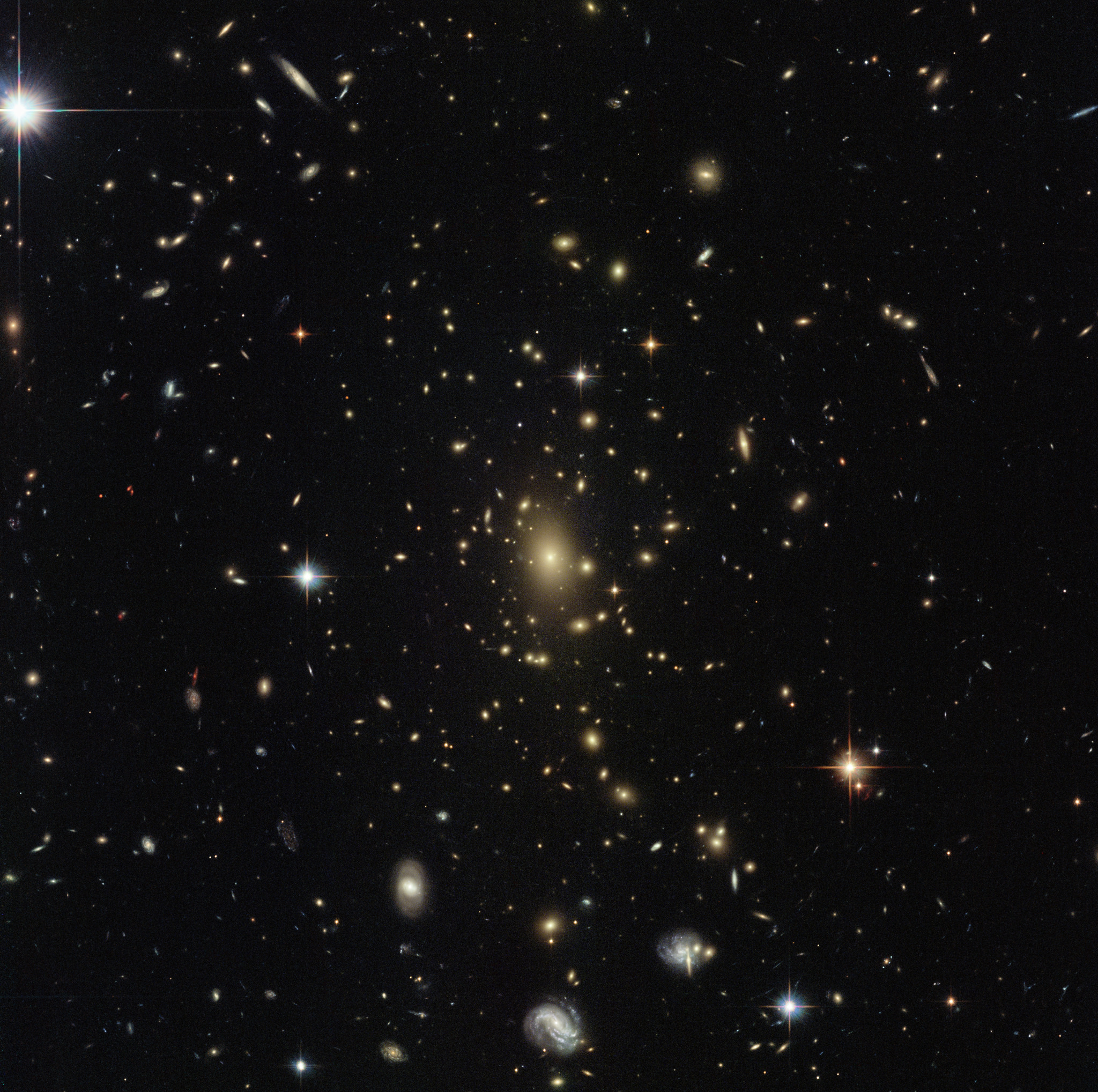
Monday, July 9, 2018: Distant spiral galaxies glow behind a field of bright Milky Way stars in this view from the Hubble Space Telescope. In the center of the image is a massive galaxy cluster, where several galaxies are held together by their mutual gravitational attraction. Hubble captured this view with its Wide Field Camera 3 as part of a program called the Reionization Lensing Cluster Survey, which has imaged 41 galaxy clusters to find targets for the James Webb Space Telescope to study after it launches in 2021. — Hanneke Weitering
Get the Space.com Newsletter
Breaking space news, the latest updates on rocket launches, skywatching events and more!
Progress Arrives After Superfast Flight
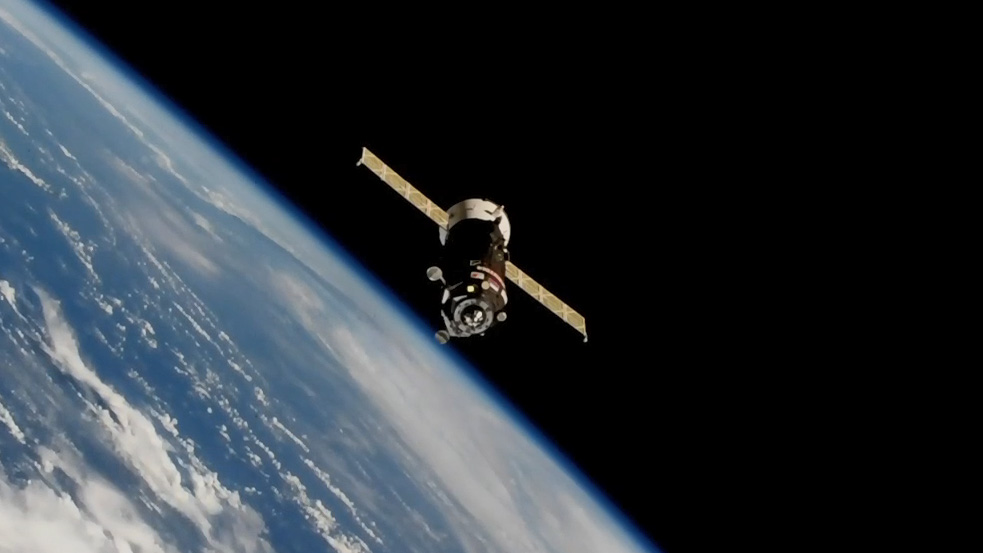
Tuesday, July 10, 2018: Russia's Progress 70 cargo spacecraft approaches the International Space Station after a record-breaking flight. The spacecraft launched on a Russian Soyuz rocket yesterday (July 9) and made it to the space station in 3 hours and 40 minutes. This was the first time that Roscosmos launched a Progress mission on this fast track; previous flights have taken routes that took six hours to two days. — Hanneke Weitering
Arizona's 'Meteor Crater' Seen From Space
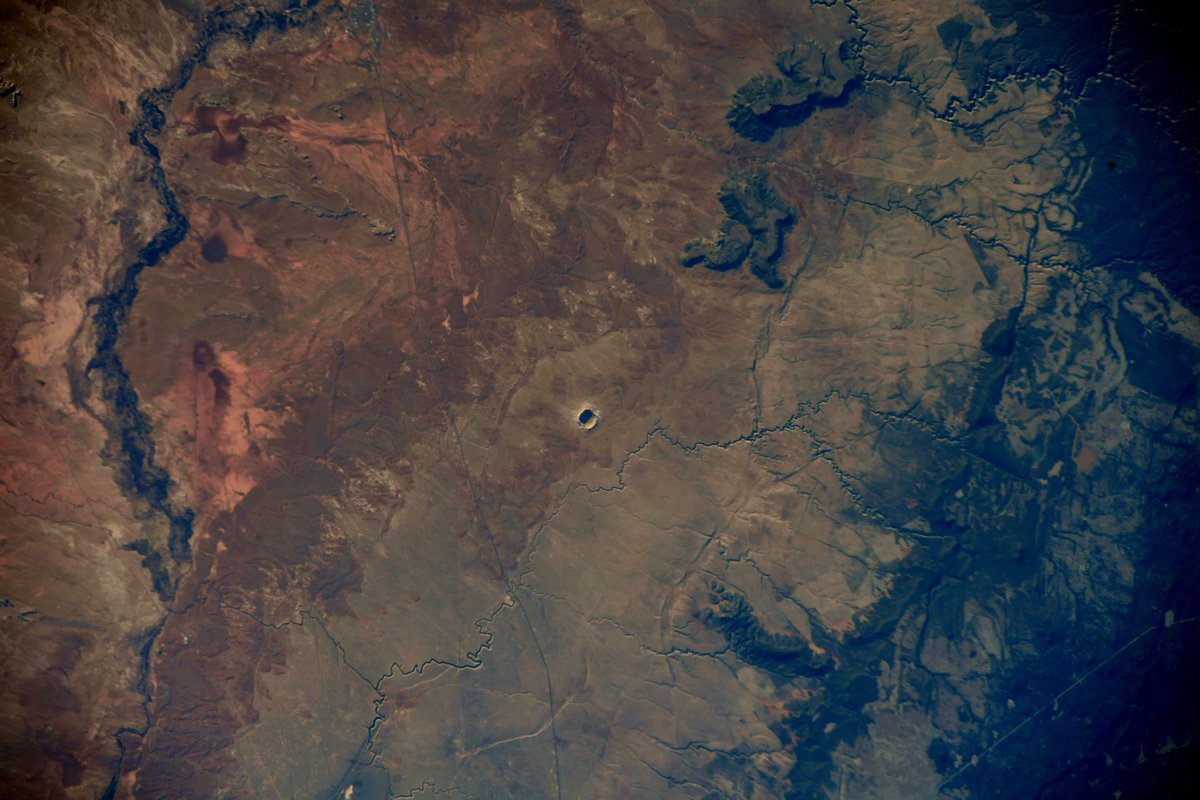
Wednesday, July 11, 2018: NASA astronaut Ricky Arnold snapped this photo of a large impact crater in Arizona known as Meteor Crater from 250 miles (400 kilometers) above the Earth at the International Space Station. The 0.75 miles (1.2 km) basin formed when a large asteroid slammed into the northern Arizona desert about 50,000 years ago. "Visitors from deep space have visited Earth before and will again," Arnold tweeted along with three photos of impact craters on Earth. — Hanneke Weitering
Springtime 'Spiders' Appear on Mars
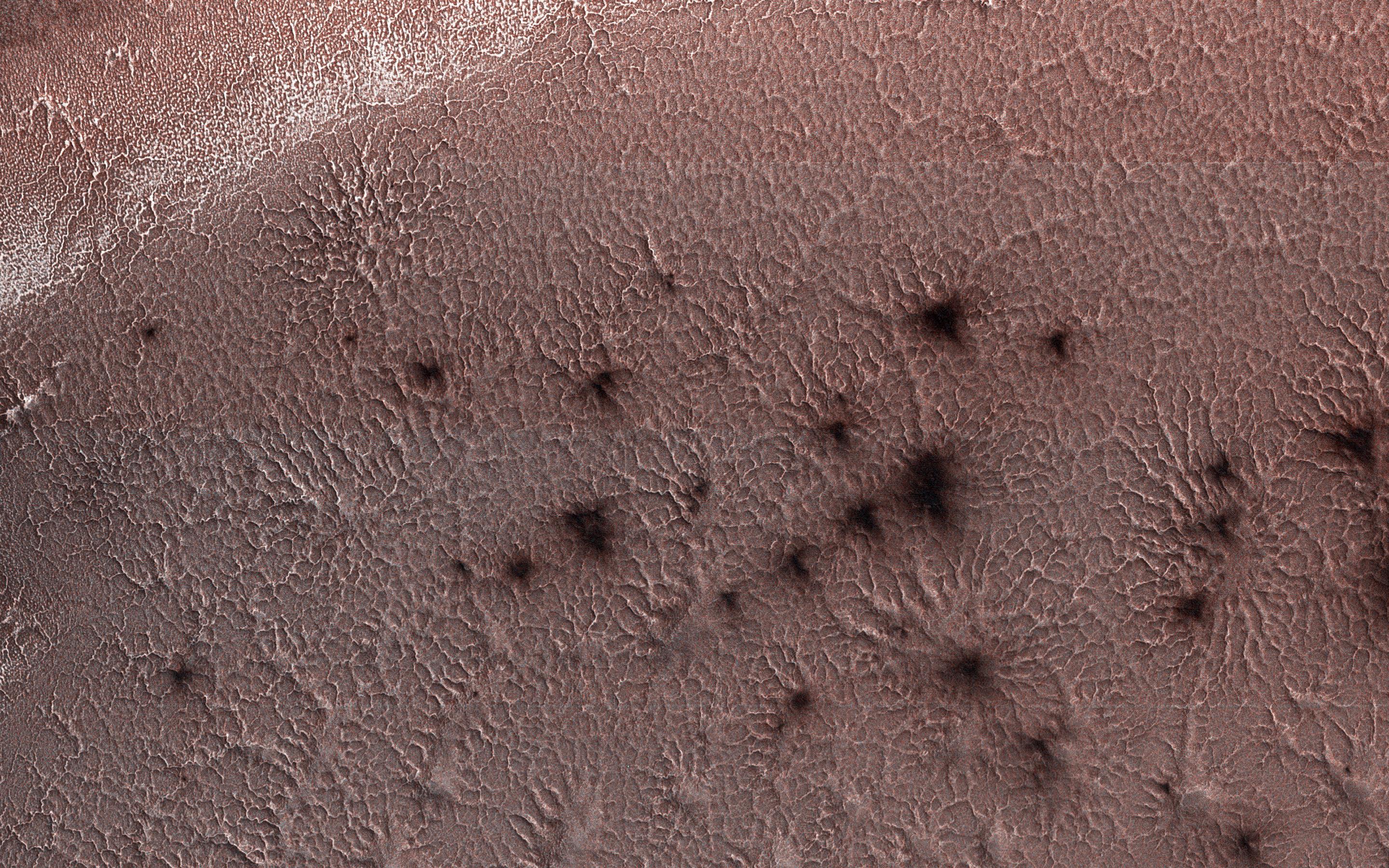
Thursday, July 12, 2018: As winter turns to spring on Mars' south pole, spidery features emerge from below its carbon-dioxide ice cap. This creepy visage, known as "araneiform terrain," is the result of carbon dioxide ice heating up below the Martian surface and sublimating, or changing from a solid to a gas. With the gas trapped underground, pressure builds and eventually breaks through the ice, spewing out a jet of dark dust along the way. NASA's Mars Reconnaissance Orbiter captured this photo of these "spiders" on May 13. — Hanneke Weitering
Waning Moon Rises Over New Jersey
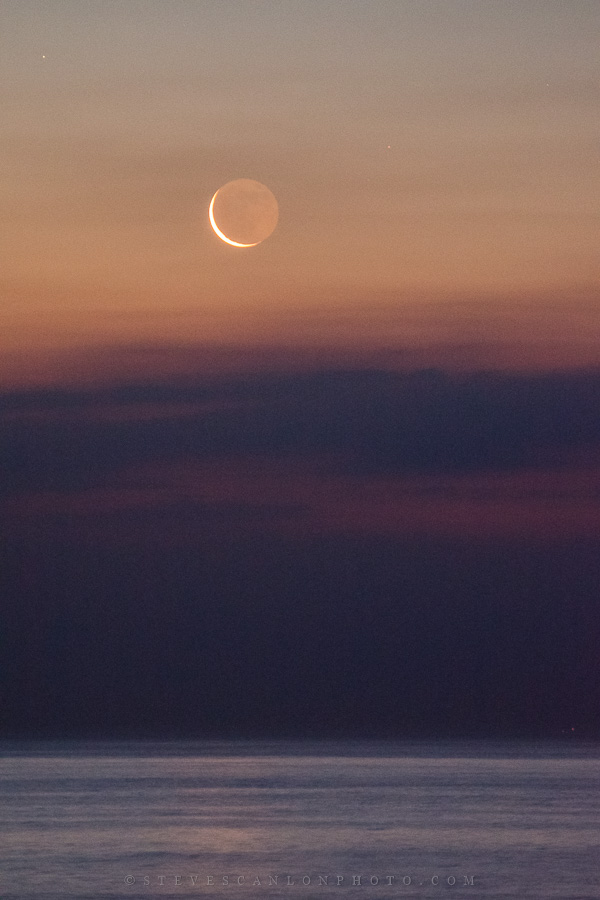
Friday, July 13, 2018: A tiny sliver of the waning crescent moon rises over Monmouth Beach, New Jersey in this photo taken by astrophotographer Steve Scanlon on Wednesday (July 11). The moon reached its new phase the following night as the sunlit side on the moon rotated out of view. When Scanlon took this photo, only 4.8 percent of the moon's face appeared illuminated. However, the other 95.2 percent of it is still faintly visible due to Earthshine, or sunlight reflected off the surface of the Earth. — Hanneke Weitering
Join our Space Forums to keep talking space on the latest missions, night sky and more! And if you have a news tip, correction or comment, let us know at: community@space.com.

Space.com is the premier source of space exploration, innovation and astronomy news, chronicling (and celebrating) humanity's ongoing expansion across the final frontier. Originally founded in 1999, Space.com is, and always has been, the passion of writers and editors who are space fans and also trained journalists. Our current news team consists of Editor-in-Chief Tariq Malik; Editor Hanneke Weitering, Senior Space Writer Mike Wall; Senior Writer Meghan Bartels; Senior Writer Chelsea Gohd, Senior Writer Tereza Pultarova and Staff Writer Alexander Cox, focusing on e-commerce. Senior Producer Steve Spaleta oversees our space videos, with Diana Whitcroft as our Social Media Editor.









